Celebrating Plants and People
-
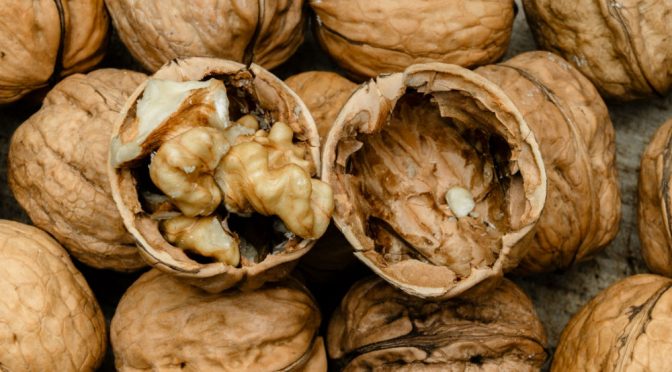
Neighbor Sues Over Walnuts Falling On Cars. Court Protects Rights Of Walnuts
Walnut trees may shed their nuts, judges in the court concluded, adding that this autumnal occurrence is “a fact of nature” and must be tolerated. (Click on title for full story.)
-

The Lost Peoples And Lost Crops Of North America Rediscovered
Over 2,000 years ago in North America, indigenous people domesticated plants that are now part of our everyday diets, such as squashes and sunflowers. But they also bred crops that have since returned to the wild. These include erect knotweed (not to be confused with its invasive cousin, Asian knotweed), goosefoot, little barley, marsh elder,…
-
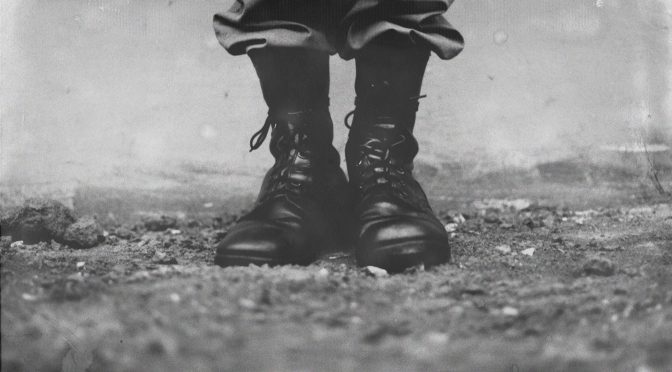
The Nazi Botanist, His Murder And The International Conspiracy To Eradicate Coco
In Mendoza the police file on the case has long since disappeared, and in Ugarteche only rumors remain — of a pickup seen lurking at Condor Huasi and the arrival and departure of two Bolivians that day from the nearby airport. But, according to Cabrera at least, the long career of Nazi Germany’s top botanist…
-
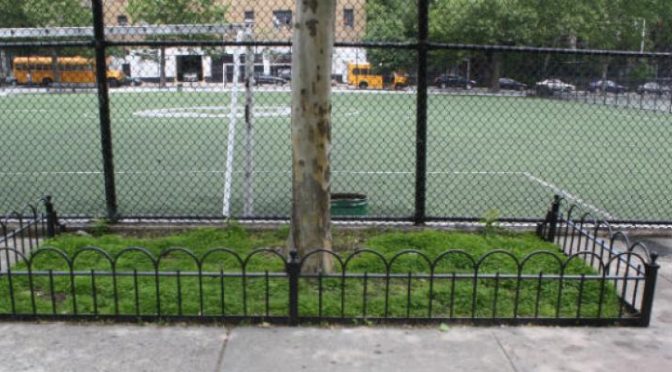
Simple Protection Of Urban Trees Has Huge Consequences For Storm water Management
Comparing the infiltration rate of street trees with and without guards in Manhattan’s Morningside Heights neighborhood, the researchers found that trees in protected pits absorbed water six times faster on average than tree pits without guards —3 millimeters versus .5 millimeters per minute. The researchers hypothesize that the guards improve infiltration by limiting soil compaction…
-
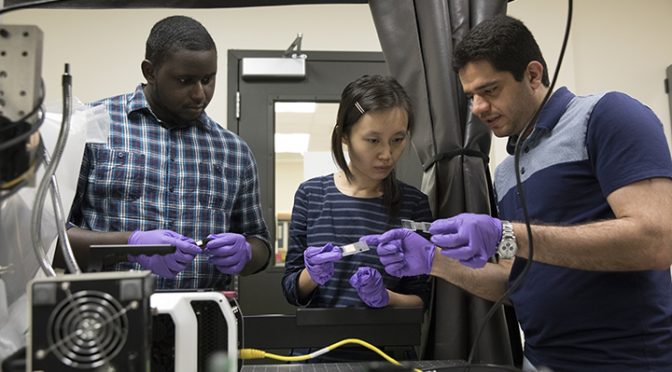
Concrete Infrastructure Could Heal Itself Thanks To Embedded Fungi
The fungal spores, together with nutrients, will be placed into the concrete matrix during the mixing process. When cracking occurs, water and oxygen will find their way in. With enough water and oxygen, the dormant fungal spores will germinate, grow and precipitate calcium carbonate to heal the cracks, When the cracks are completely filled and…
-
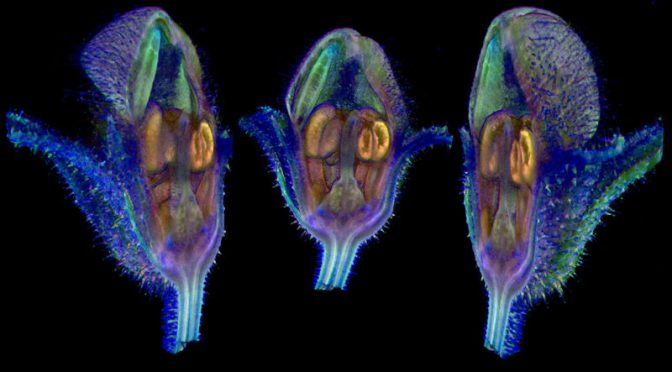
Botany 2.0 – New Technologies Revive Interest In Traditional Botanical Pursuits
Plant biologists hope that, by combining new approaches to botany with data from genomics and imaging labs, they can provide better answers to questions that biologists have asked for more than 100 years: how genes and the environment shape the rich diversity of plants’ physical forms. “People are starting to look beyond their own system…
-
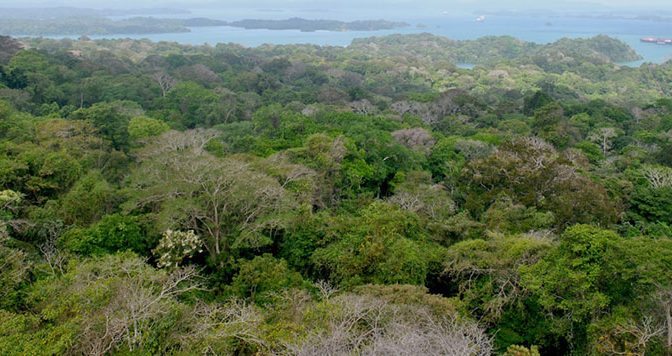
The Last Place You’d Look: Climate Change Is Affecting Even Tropical Forests
“Tropical forests have evolved in generally stable climates, So while they may not be warming as much as some higher-latitude ecosystems, these tropical species appear to be much more sensitive than we might have expected.” (Click on title for full story.)
-
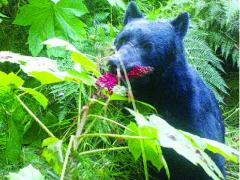
Move Over Birds, In Pacific Northwest Bears Are Primary Seed Dispersers
This is the first instance of a temperate plant being primarily dispersed by mammals through their gut, and suggests that bears may influence plant composition in the Pacific Northwest. It was well-known that bears were dispersing seeds through their scat, but it was not known that they were dispersing more seeds than birds, or the…
-
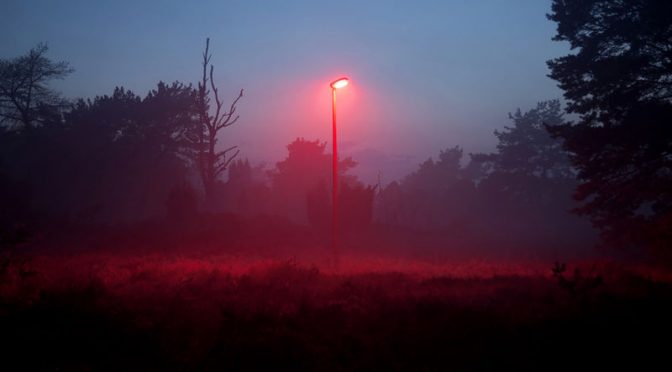
Artificial Light Is Changing Ecosystems In Ways We Are Only Beginning To Study
Ecologists face challenges such as measuring light accurately and assessing how multiple species behave in response. But early results suggest that light at night is exerting pervasive, long-term stress on ecosystems, from coasts to farmland to urban waterways, many of which are already suffering from other, more well-known forms of pollution. (Click on title for…
-
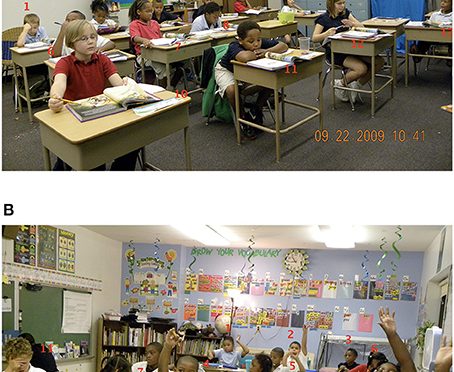
To Improve Students’ Engagement In Lessons, Take Them Outside
This study is the first to our knowledge to directly examine the effects of lessons in nature on subsequent classroom engagement. We found higher levels of classroom engagement after lessons in nature than after carefully matched classroom-based counterparts; these differences could not be explained by differences in teacher, instructional approach, class (students, classroom, and class…
